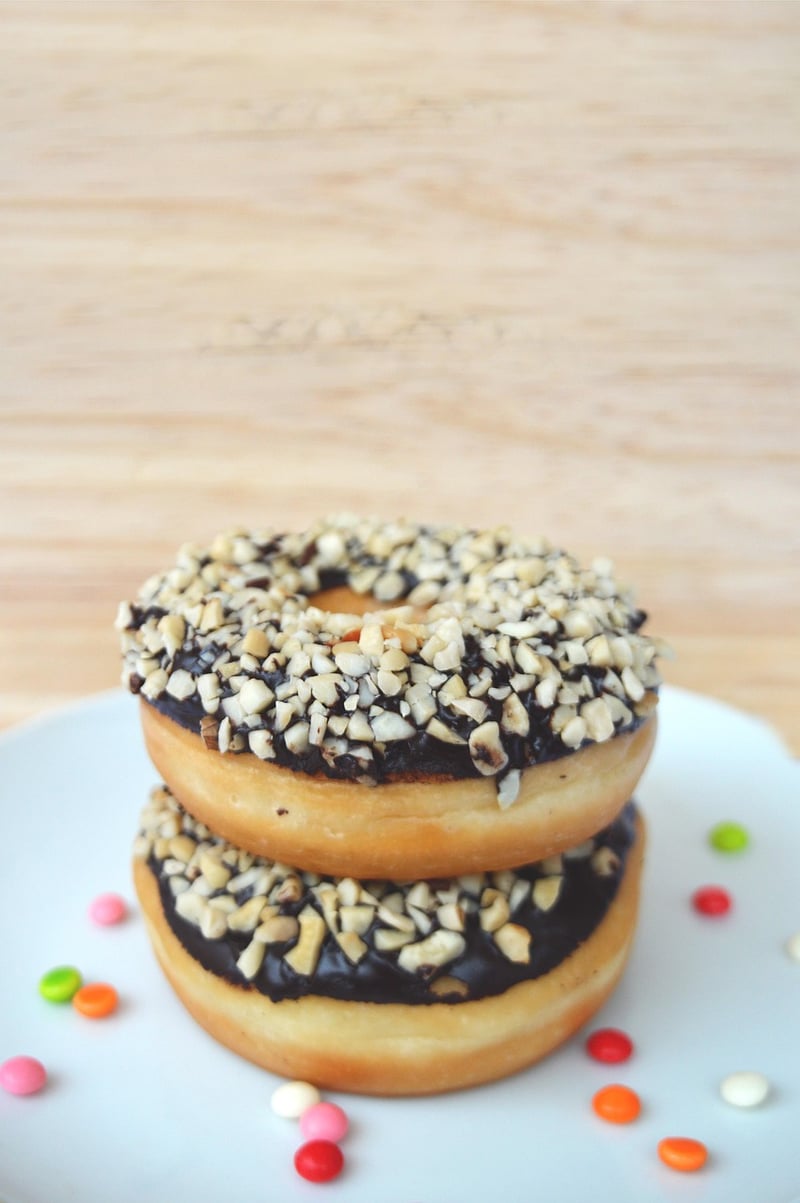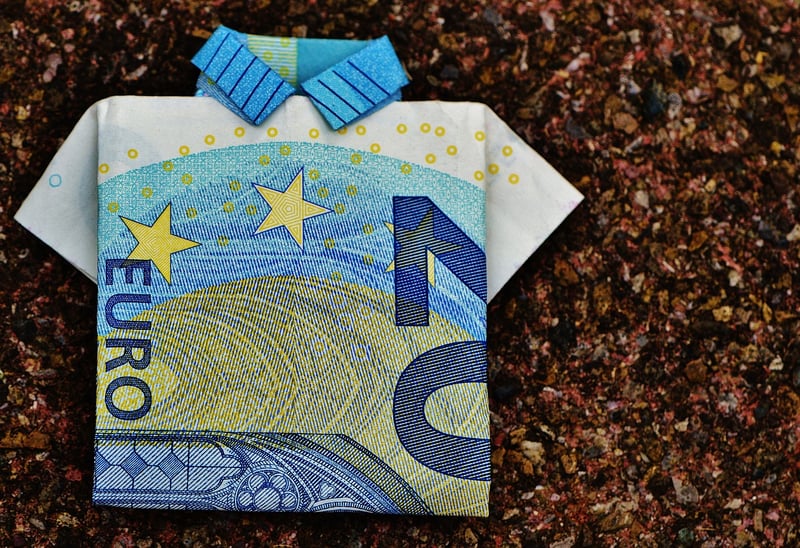Lighting Techniques
Capture Food Artistry + Lighting Techniques
Food artistry is a captivating realm where culinary expertise meets visual creativity. Whether you are a professional food photographer, a food blogger, or simply an enthusiast looking to enhance your food photography skills, understanding lighting techniques is essential to capture the beauty and appeal of your culinary creations. In this article, we will explore the art of food photography and how lighting can play a crucial role in making your dishes look truly irresistible.
The Art of Food Photography
Food photography is not just about taking pictures of food; it is about telling a story, evoking emotions, and enticing the viewer's appetite. To achieve stunning food images, attention to detail, composition, and lighting are key components that can elevate your photos from ordinary to extraordinary.
Importance of Lighting
Lighting is arguably the most critical aspect of food photography. The way light interacts with your dishes can dramatically impact the mood, texture, and overall look of the food. Understanding different lighting techniques and how to manipulate light effectively can make a significant difference in the visual appeal of your photographs.
Types of Lighting Techniques
- Natural Light: Utilizing natural light is ideal for capturing the true colors and textures of your food. Indirect natural light, such as near a window or outdoors on a cloudy day, can create soft, diffused lighting that enhances the details of your dishes.
- Artificial Light: Artificial lighting, such as LED lights or strobes, can provide consistent illumination and control over the lighting environment. Experimenting with artificial light sources can help you achieve a specific mood or highlight certain aspects of your food.
- Backlighting: Placing the light source behind your dish can create a beautiful backlighting effect, emphasizing the outlines and textures of the food. This technique adds depth and dimension to your photos.
Practical Tips for Lighting Food
- Diffuse Harsh Light: Use diffusers or sheer curtains to soften harsh sunlight or artificial light, reducing harsh shadows and creating a more pleasing look.
- Experiment with Angles: Try shooting from different angles to find the most flattering lighting for your dishes. Play with side lighting, top-down lighting, or backlighting to see what works best.
- Use Reflectors: Reflectors can help bounce light back onto your food, filling in shadows and highlighting key areas. White foam boards or reflector discs are commonly used for this purpose.
Conclusion
Mastering the art of food photography requires a blend of creativity, technical skills, and an understanding of lighting principles. By experimenting with various lighting techniques and paying attention to details, you can create visually stunning images that showcase the artistry of your culinary creations. Remember, practice makes perfect, so keep honing your skills and enjoy the process of capturing food artistry through the lens!

Image source: Pixabay
